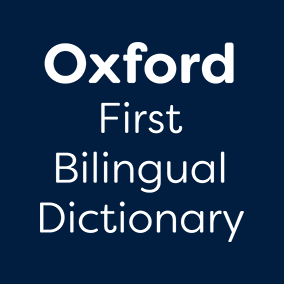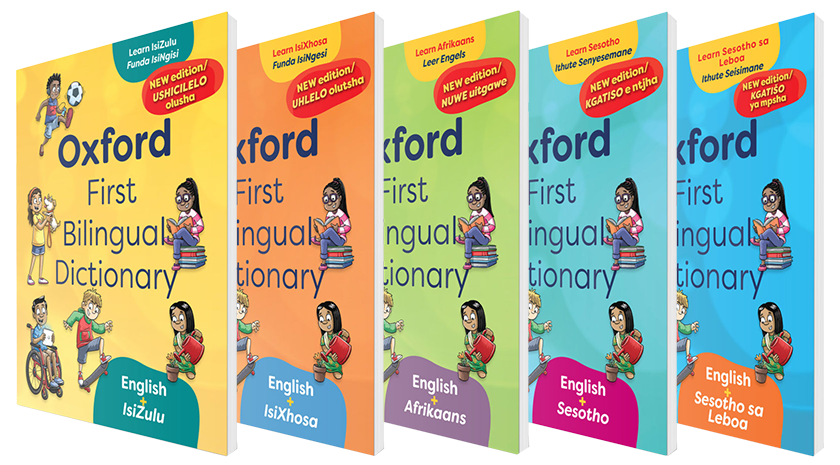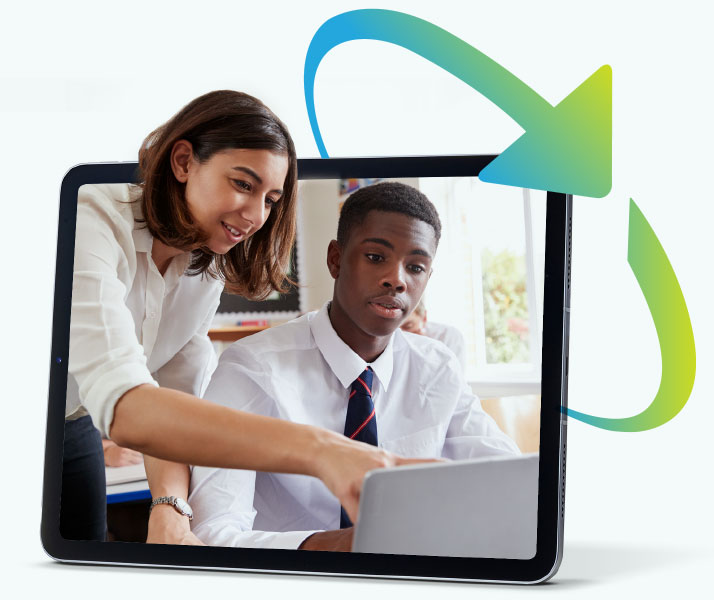 The entrepreneurs, employees, managers and leaders of the future need to think on their feet. To be effective in their careers, they’ll need quickly to weigh up situations, clearly motivate for and present their points of view, and apply the theory and skills they learnt at university level to find innovative solutions.
The entrepreneurs, employees, managers and leaders of the future need to think on their feet. To be effective in their careers, they’ll need quickly to weigh up situations, clearly motivate for and present their points of view, and apply the theory and skills they learnt at university level to find innovative solutions.
It makes sense, then, that the type of learning they should engage in at university should help students to think, analyse, debate and apply.
At Oxford University Press, we’ve come to believe that a blended learning approach supports the development of these types of skills, and engages students – especially millennial students.
It also supports students who may emerge from less-than-fantastic schooling, and lecturers, as they engage students who are millennials or in large classes.
Let’s explore the concept of blended learning especially as it applies to textbooks. First I’ll look at what it is, and then in more detail at why we support it. Lastly, I’ll explore what blended learning looks like in Oxford’s world.
What is blended learning?
Blended or hybrid learning means ways of learning that include traditional print textbooks or e-textbooks as a component. The learning can also include podcasts, videos, tutorials, quizzes, discussion forums, and digital assessments. These all add value to the way lecturers teach and students learn. They mean that all learning does not have to be face-to-face in a contact situation, or expect every student to learn exactly the same way, or at the same pace.
The influential annual Horizon report on technology in education issued by the New Media Consortium, last year said:
“Education paradigms are shifting to include more online learning, blended and hybrid learning, and collaborative models. Students already spend much of their free time on the Internet, learning and exchanging new information. Online learning environments can offer different affordances than physical campuses, including opportunities for increased collaboration while equipping students with stronger digital skills. Hybrid models . . . enable students to travel to campus for some activities, while using the network for others,” (2014, 10).
Blended learning, as well as social media, flipped classrooms and learning analytics, is a symbol of a fundamental shift taking place, in higher education pedagogy.
Why do we support it?
Undergrad students do need content to be “curated and researched”. They need “access to the author’s expertise in his or her field and experience in teaching”, which is the role of the textbook and the textbook publisher (Radinku, 2015).
They need to be engaged by the pedagogies inside the textbook – and alongside this, engaged by the pedagogies of the components that make additional sense of the content, or even create content – components such as quizzes, cases, and other homework.
It’s not just students who benefit from blended learning.
According to the Boston Consulting Group (2014), lecturers “are experimenting with dynamic multimedia formats, modular course design, and customized and adaptive learning”.
They are playing a major role in how the course material is formatted, because they want digital content that helps their students with problem-solving, simulation and discovery, even while believing that learning based on reading and memorization is better handled by print books (Kulo, 2013).
What does this mean for us at Oxford University Press SA?
We know that that learning and teaching resources must be future-proof, incorporate digital, and easy to use.
We genuinely believe that excellent research, content curation and quality assurance must continue to form part of how we make textbooks . . . we also know that continuous support and development must be part of the learning solution.
Oxford’s Higher Education supports blended learning and has been starting to ‘do’ it through the provision of extra resources for lecturers and students which will increasingly be available online through Learning Zone https://learningzone.oxford.co.za
We’ve always ‘done’ simple blended learning for subjects such as Accounting and Management, through the provision of static case studies, test banks and solutions. Now, we’re moving a step further for all subjects that need it by providing interactive questions and answers, and the opportunity for lecturers to grade their students who do these questions, and see the grade book, through our Learning Zone application.
Our blended learning solution, Learning Zone, combines lecturers and students to put our core textbooks at the centre of their learning and teaching, and then supplement this with blended learning components. That’s progress!
Marian Griffin Kloot, is the Director of Higher Education and Trade at Oxford University Press Southern Africa
References
Barber, M., Donnelly, K. and S. Rizvi. 2013. ‘An avalanche is coming: Higher Education and the revolution ahead’. London: Institute for Public Policy Research https://www.ippr.org/publications
The Boston Consulting Group. 2014. ‘BCG Perspectives – The Digital Disruption of Education Publishing.’ https://www.bcgperspectives.com/content/articles/education_media_entertainment_digital_disruption_education_publishing/?chapter=2 Viewed 1 August 2014
Kulo, C. 2013. ‘The Digital Revolution in Higher Education: Attitudes on E-Textbooks and More On Demand.’ https://store.digitalbookworld.com/digital-revolution-in-higher-education-digital-download-u9161?et_mid=684282&rid=245691506 Webcast viewed 3 August 2014
The New Media Consortium. 2014. The NMC Horizon Report > 2014 Higher Education Edition. https://www.nmc.org/publications/2014-horizon-report-higher-ed Viewed 28 February 2014
Radinku, M. 2015. ‘Anatomy of a varsity textbook’ in The Mail & Guardian, April 2 to 9, 2015, 31.




